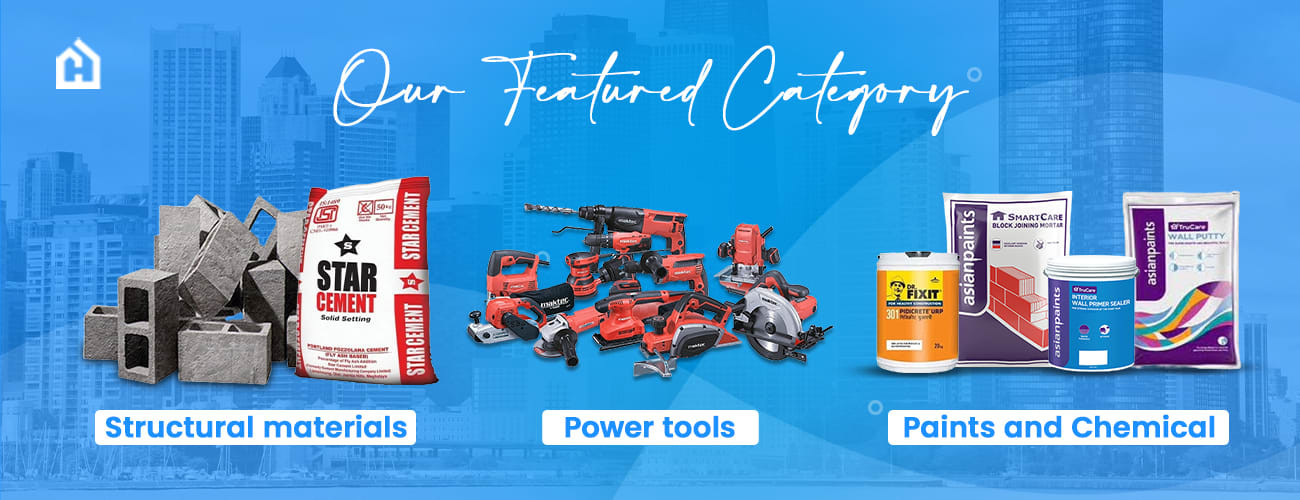Walls with Water Leaks? Learn How to Stop It.

Is water seeping through your walls, leaving unsightly stains and causing damage to your property? Don't let water leaks dampen your spirits. In this comprehensive guide, we'll explore effective strategies to prevent and stop water leaks in your walls. From understanding the problem to implementing preventive measures, we've got you covered. Say goodbye to soggy walls and hello to a dry, secure home.
Table of Contents
| Sr | Headings
| --- | ---------------------------------------- |
| 1 | Understanding the Problem
| 2 | Assessing the Damage
| 3 | Choosing the Right Materials
| 4 | Repairing Cracks and Holes
| 5 | Applying Waterproofing Solutions
| 6 | Sealing Joints and Corners
| 7 | Improving Drainage
| 8 | Conclusion
| 9 | FAQs
Understanding the Problem
Water leaks in walls can be caused by various factors such as cracks, poor waterproofing, or plumbing issues. Understanding the underlying problem is crucial to implementing effective solutions.
Water seepage through walls can lead to structural damage, mold growth, and health hazards. Identifying the root cause of water leaks is the first step in addressing the issue.
Assessing the Damage
Before embarking on any repairs, it's essential to assess the extent of the damage caused by water leaks. Look for visible signs such as damp patches, peeling paint, or mold growth on your walls.
In severe cases, water leaks can compromise the integrity of the building structure. Conduct a thorough inspection to determine the scope of the damage and prioritize repairs accordingly.
Choosing the Right Materials
Selecting the appropriate materials for repairing water leaks is crucial for long-lasting results. Opt for high-quality products such as leak-proof cement, weatherproofing compounds, and latex-based sealants.
Leak-proof cement is specially formulated to fill cracks and gaps in walls, preventing water infiltration. Weatherproofing compounds provide additional protection against the elements, ensuring durability in various weather conditions.
Repairing Cracks and Holes
Once you've identified areas of water ingress, it's time to repair any cracks or holes in your walls. Use a suitable filler material, such as leak-proof cement or epoxy resin, to seal the openings and create a watertight barrier.
Ensure that the surface is clean and dry before applying the repair material. Follow manufacturer instructions for proper application and curing to achieve optimal results.
Applying Waterproofing Solutions
To prevent future water leaks, apply a waterproofing solution to your walls. Choose a high-quality waterproofing membrane or coating and apply it evenly to the surface using a brush or roller.
Waterproofing solutions create a protective barrier that repels water and prevents moisture penetration. Be sure to cover the entire surface area, including joints, corners, and seams, for comprehensive protection.
Sealing Joints and Corners
Joints and corners are common areas where water leaks occur due to poor sealing or movement. Use flexible sealants or waterproofing tapes to seal gaps and prevent water infiltration.
Inspect all joints, including those around windows, doors, and plumbing fixtures, and apply sealant as needed. Properly sealed joints and corners are essential for maintaining a leak-free environment.
Improving Drainage
In addition to surface repairs, improving drainage around your property can help prevent water leaks in walls. Clear debris from gutters and downspouts to ensure proper water flow away from the foundation.
Consider installing French drains or grading the landscape to redirect surface water away from vulnerable areas. Proper drainage reduces the risk of water pooling near the walls, minimizing the potential for leaks.
Conclusion
By understanding the causes of water leaks and implementing proactive measures, you can effectively prevent and stop water infiltration in your walls. Invest in quality materials, conduct regular inspections, and address issues promptly to maintain a dry and secure environment.
FAQs
Q1. How do I know if I have a water leak in my walls?
A1. Look for signs such as damp patches, peeling paint, or mold growth on your walls, indicating water infiltration.
Q2. Can I repair water leaks in my walls myself, or should I hire a professional?
A2. While minor repairs can be done DIY, extensive water damage may require professional intervention for thorough remediation.
Q3. What is the difference between leak-proof cement and weatherproof cement?
A3. Leak-proof cement is specifically formulated to seal cracks and prevent water ingress, while weatherproof cement provides protection against outdoor elements such as rain and moisture.
Q4. How long does it take for waterproofing solutions to dry?
A4. Drying times vary depending on the product and environmental conditions. Follow manufacturer instructions for optimal results.
Q5. Can I apply waterproof
ing solutions myself, or should I hire a professional?
A5. While DIY application is possible, hiring a professional ensures proper application and long-lasting results, especially for large-scale projects.












